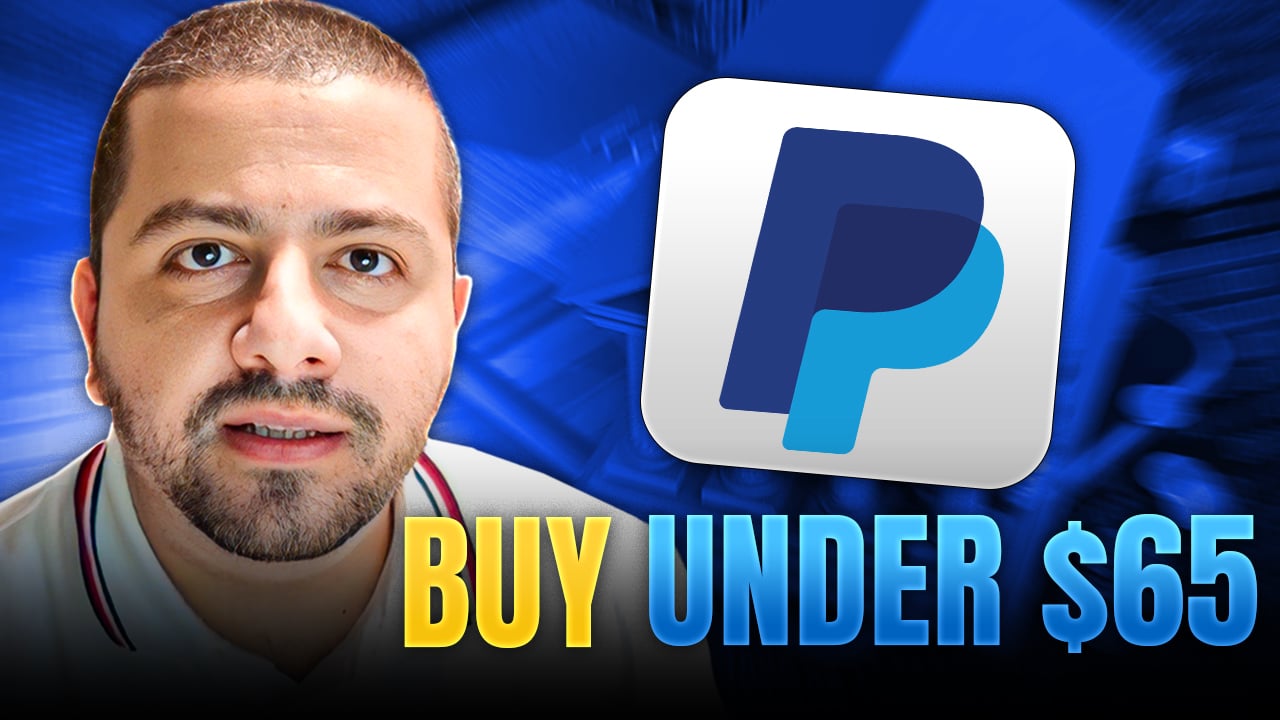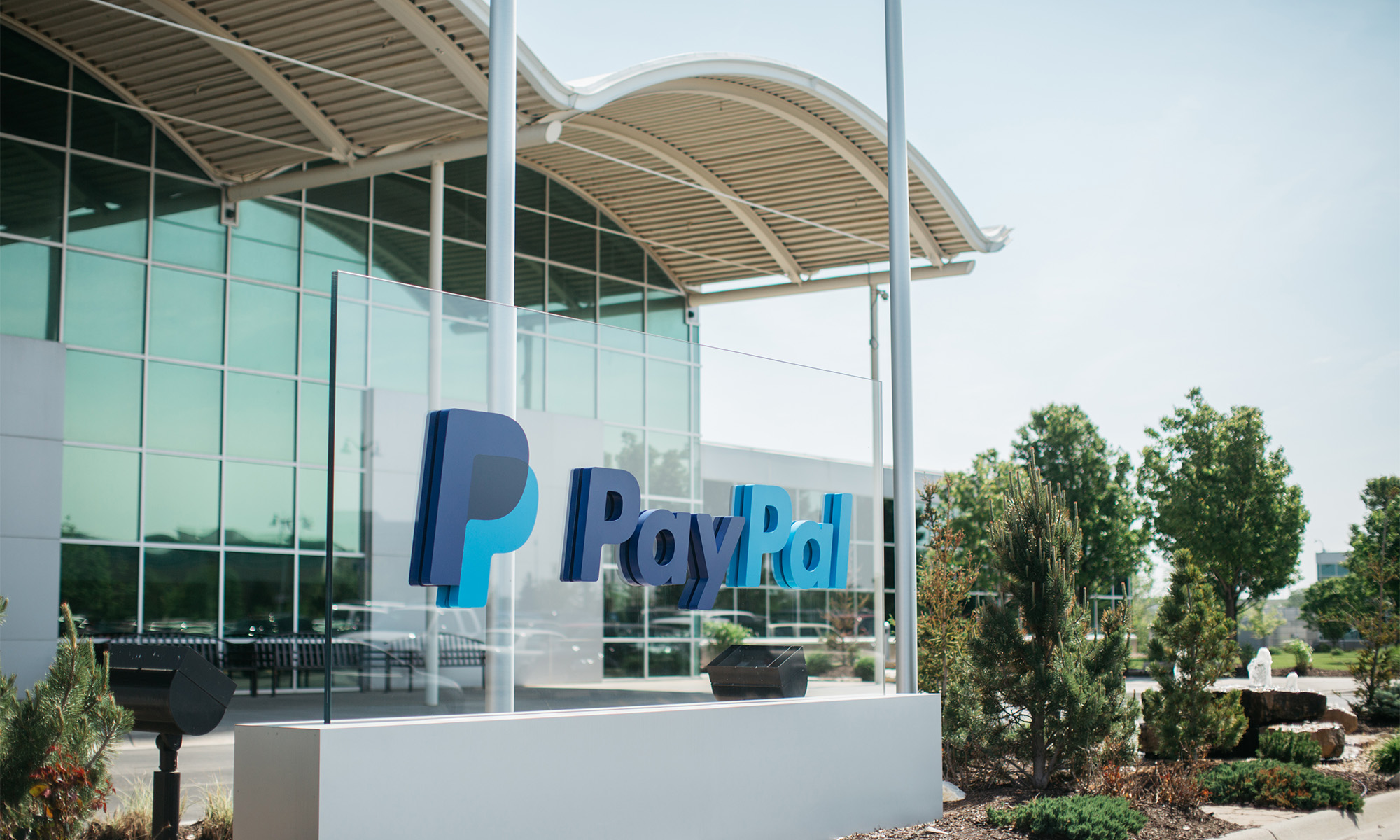It's been a rough year for shareholders of digital payments leader PayPal Holdings (PYPL +1.06%). At Wednesday's close, PayPal's stock price was down 18% in 2021, but investors have weathered a 38% decline since the stock peaked in July.
And it's not like technology stocks or financial stocks -- the two sectors this fintech straddles -- are having bad years, generally speaking. Each sector is up roughly 30% this year, compared to a nearly 24% gain for the S&P 500. But payments companies like PayPal are struggling.
So why is PayPal down, and what does this mean for investors?

Image source: Getty Images.
Why PayPal's stock is down since July
There are several factors that have caused PayPal to pull back so sharply. The stock had been richly valued, coming off a strong year in 2020, when its price jumped 116%. The payments industry had been one of the segments of the economy that carried the market last year through a difficult period. With lockdowns and pandemic-related restrictions in place for most of the year, PayPal surged, with record revenue and huge gains in total payments volume (TPV) and net new users, as more people used digital payments due to social distancing rules and other restrictions.
That momentum carried over into the first half of 2021, as the stock closed at a high of $308.53 on July 23. But it started declining from there, as PayPal missed second-quarter earnings estimates, even though it still posted solid revenue and earnings growth. Part of that miss might have been from the fact that its former parent, eBay, was transitioning to a new payment provider.
In the latest quarter, PayPal was a mixed bag, as it beat earnings estimates but fell short of revenue estimates. TPV was also down compared to a year ago, but net new accounts were up. They were solid numbers overall, but were up against record performance in the third quarter of 2020.
The slower growth trajectory caused at least one Wall Street firm, Bernstein, to downgrade PayPal from buy to market perform. Among the concerns, the analyst cited increasing competition in the space, both from rivals like Block and other payment providers, as well as from the growing number of buy now, pay later (BNPL) companies. In fact, Block -- then called Square -- acquired one of the bigger BNPL players, Afterpay.
There were other factors that caused the stock to plunge further when the weather got colder. Rising inflation and the omicron variant raised new concerns about an economic slowdown, and that hit all payment providers. Also, the U.S. Justice Department launched an investigation into alleged financial incentives provided by Visa to top payment companies, including PayPal, which might have also scared investors.
PayPal looks good right now
The rapid run-up that PayPal experienced during the pandemic caused the stock price to run a little too hot, as the price-to-earnings (P/E) ratio soared to over 100 in 2020 and was about 75 in July before it began to plunge. Now the stock's P/E ratio is around 46, which is more typical for PayPal since it re-entered the public markets in 2015. Its forward P/E is even lower, around 39. For investors, this presents a great buying opportunity.
Certainly, PayPal is facing greater competition than ever, but it is in a great position to continue its success over the long term. One reason is its efficiency, with a 24% return on equity and a 20% profit margin. It also has sound financials, with $5 billion in free cash flow and $7.8 billion in cash and cash equivalents. That gives it the foundation to not only ride out the downturn but to also invest to stay ahead of the competition. It has invested in its own in-house BNPL service, PayPal Credit, and it also bought Paidy, a BNPL firm from Japan to crack that market. PayPal also launched a service to invest in cryptocurrency and is exploring the idea of creating its own online stock trading platform.
In addition, while it lost eBay, which had accounted for only about 3% of TPV, the company signed a deal with Amazon that will allow consumers to use PayPal's Venmo at checkout starting next year. Venmo is already the largest mobile payment app, with more than 80 million users, and this should increase its market share.
Also, the company recently launched its PayPal "super app," which includes all of its services in one place, which will help solidify its massive network of users and present better opportunities for cross-selling, promotions, and growth. Ultimately, its 430 million active PayPal users and 80 million Venmo accounts, along with its huge brand recognition, are the company's biggest advantages.
It all adds up to a stock that's likely going to be a long-term winner. And the recent pullback makes PayPal look even more attractive right now.









